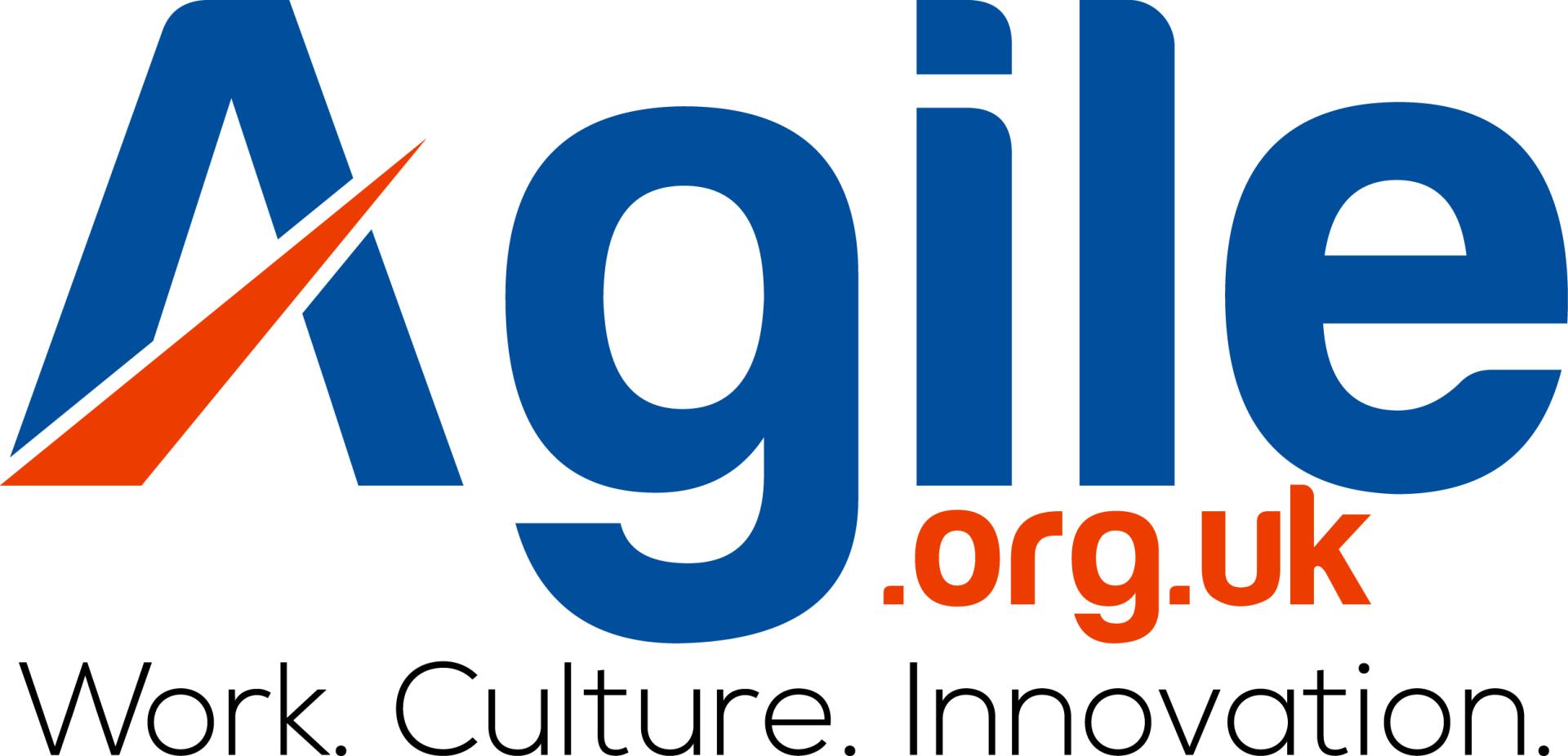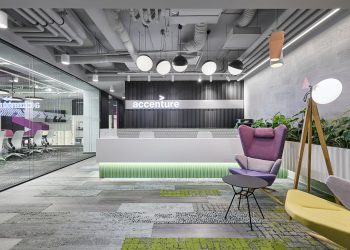UK workers on average spend the equivalent of a day every fortnight travelling to and from work. Some 25 million commuters go to a fixed place of work every day and of these 18 million go by car, compressed into a few hours in the morning and evening rush hours. Annual UK Office commuting alone produces 19.7 million tonnes of CO2 emission, while in the US a study showed 20,000 federal workers telecommuting just one day a week would save 2 million commuting miles and 81,600 lbs of CO2 emissions every week.
Cost pressures, performance and carbon emission targets are becoming increasingly challenging. This coupled with high workplace stress levels and extended working hours, means that organisations should question whether it is sensible for its people to spend long hours commuting to “the office” when there are now opportunities for agile, smarter and more effective ways of working.
While car travel is one of the big carbon emitters, buildings (and particularly offices) are by far the biggest source accounting for over 40% of the total UK emission of 153 million tonnes of CO2. So reducing the daily commute in “gas guzzling” cars is one way of helping sustain the planet, but perhaps using this to also diminish the need for “carbon guzzling” underutilised office space is even more effective in reducing carbon footprint.
Implementing agile working can if managed well meet the sustainability targets of reducing both travel and the office footprint for many organisations. This twin focus on agility and sustainability – sustainagility – can certainly reduce environmental impact as well as property related costs, but also improve service resilience, business and individual productivity, customer focus, and create better “work life” balance and CSR (Corporate Social Responsibility).
Both Government and Unions are promoting the need for organisations to embrace sustainagility. Transport Minister Norman Baker told the Guardian newspaper, “flexible working could be encouraged to get workers to start earlier or later, while video conferencing could mean people not having to leave home at all, and office “hubs” could be set up on the edge of the commuter belt. It is crazy these days for people to go to work when work can come to people.”
TUC General Secretary Brendan Barber said: “Unnecessary long commutes are frustrating and expensive for staff, and bad for business too. Smarter working must be part of the modern economy. Staff want greater access to flexible and high quality home-working and employers need to do more to provide it”.
Many London organisations introduced agile working in anticipation of impact on staff attendance through travel disruption during the Olympic Games. The UK Government told its staff as part of Operation Step Change to work from home or alternative offices or to find a different way to work to avoid congestion, but this is not seen as temporary solution. Cabinet Office Minister Francis Maude said, “Across Whitehall, government departments are making plans to positively change 50% of commuting, business travel, deliveries and collections during the Games and, to make sure our plans are fit for purpose, we are running a test week. This is about different ways of travelling and working, from changing routes to avoid hotspots, trying walking or cycling to work instead of taking public transport, to using office space outside London. The lessons learned from different working practices and using IT more smartly will help us become a more flexible and effective workforce.”
However forward thinking management aware of the sustainagility benefits have already been embracing the Agile Agenda: allowing, promoting, setting up and supporting more staff to work ‘agile’ and remotely – from home on a regular or ‘ad hoc’ basis, from ‘third places’ and on the move – utilising technology to limit the need to come into the office, working closer with customers and in the community, whilst also staggering work patterns so employees can avoid peak travel times, overall enabling more productive and sustainable working.
In the public sector, Ofsted is probably the largest home-based government organisation employing over 2,000 staff, of which 60% are home-based inspectors. For Ofsted the idea of homeworking is not about reducing costs, but about improving efficiency through flexibility and locating staff where the work is. Nevertheless, the move to homeworking has significantly reduced Ofsteds building footprint from 8 to 3 buildings.
In other organisations the drive to reduce carbon footprint coupled with a desire to move resources to a more variable cost base is encouraging a change towards a virtual existence. During my time at BT the company had 70,000 remote enabled workers as well as 15,000 registered Home Workers which allowed the Company to reduce its office space by over 50% in the last decade. Supporting agile workers through BT’s extensive use of teleconferencing eliminated the need for over 850,000 face to face meetings a year, saving £135m in travel related costs and 97,000 tonnes of carbon as well as gaining £103m in productivity benefits.
Unilever’s Agile Working programme provided new software for employees to hold virtual meetings through online discussion forums, document-sharing and presentation capability. This enabled its people to work more flexibly and interact with their colleagues from work, home or while travelling. This resulted in some 97,000 virtual meetings and with over 40 000 employees using the technology enabled savings on travel costs, CO2 reductions and improved work–life balance are significant. Similarly at O2 by using Live Meeting and Office Communicator they have achieved savings of £600,000 a year on travel costs, 1272 days in travel time, and 312 tonnes in CO2.
One of the largest Local Authority investment programmes, Birmingham City Councils “Working for the Future” was designed to transform the Council’s operational property portfolio to enable improvements in customer service delivery, offer new ways of working and enhance the work environment for employees. The key elements focused on enabling agile working across the Council through the introduction of new work styles, working practice guidance and new ICT technologies, as well as providing improved more sustainable workplaces.
The Birmingham Programme is saving the City Council £100 million over 25 years through consolidating the council’s office portfolio. The programme has also significantly reduced the Council carbon footprint not only by enabling its people to work more flexibly and remotely – avoiding unnecessary travel, but also by reducing floor space (35% reduction in its 1 million sq ft back office estate) as well as upgrading and trading in old inefficient space for 3 new “green” buildings on “brownfield” regeneration sites.
A survey by Jones Lang LaSalle indicated 83% of real estate professionals think sustainability is currently the most pressing issue facing office property and will be for the next decade. The “drivers” (excuse the pun) and enablers of change for new ways of working are therefore clearly visible and available to most organisations. So has there ever been a better time or justification to implement and gain the twin benefits of sustainagility?
Paul Allsopp, The Agile Organisation.
Article also featured as “guest post” on:
Public Sector Forums http://www.psfbuzz.org.uk
Public Sector Nomads http://www.publicsectornomads.com/sustainability-driver-for-change/














…agility, combined with sustainability for businesses and natural resources, is what Paul Allsopp refers to as ‘sustainagility’ and is something we believe Bristol should be talking more about…..
http://www.colstonofficecentre.co.uk/businessresource/page/2/#sthash.Jazd8jXV.dpuf